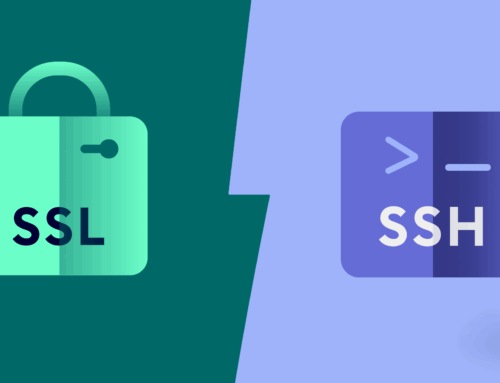
Uncovering Shadow IT Risks in Your Network Security
Uncovering Shadow IT Risks in Your Network Security
Shadow IT refers to IT systems, applications, and services that are used within an organization without explicit organizational approval. These can pose significant risks to network security due to the lack of oversight and control. Here’s how you can uncover and address shadow IT risks in your network security:
- Network Monitoring Tools: Utilize network monitoring tools to detect unusual or unauthorized traffic patterns. These tools can help identify unauthorized applications and services being used within the network.
- User Behavior Analytics: Implement user behavior analytics to identify anomalies in user activity that may indicate the use of unauthorized applications or services. This involves analyzing patterns of user behavior to detect deviations from normal activity.
- Endpoint Security Solutions: Deploy endpoint security solutions that can detect and block unauthorized applications and services installed on devices within the network. These solutions can help prevent the use of shadow IT by enforcing security policies.
- Application Whitelisting: Implement application whitelisting to allow only approved applications to run on devices within the network. This can help prevent the installation and use of unauthorized applications.
- Regular Audits and Assessments: Conduct regular audits and assessments of IT systems and services to identify any unauthorized or unapproved applications and services. This can help ensure that all IT resources within the organization are known and approved.
- User Education and Awareness: Educate users about the risks associated with shadow IT and the importance of adhering to organizational IT policies and procedures. Encourage users to report any unauthorized applications or services they encounter.
- Policy Enforcement: Enforce policies that prohibit the use of unauthorized applications and services within the organization. Clearly communicate these policies to all employees and ensure that appropriate consequences are in place for non-compliance.
- Collaboration with Business Units: Work closely with business units to understand their IT needs and requirements. By collaborating with business units, IT teams can better address their needs and reduce the likelihood of shadow IT usage.
- Cloud Access Security Brokers (CASBs): Implement CASBs to monitor and control access to cloud-based applications and services. CASBs can help detect and prevent the use of unauthorized cloud services within the organization.
- Regular Updates and Patch Management: Ensure that all IT systems and applications are regularly updated and patched to address security vulnerabilities. This can help reduce the risk of exploitation by unauthorized applications and services.
By implementing these strategies, organizations can effectively uncover and mitigate the risks associated with shadow IT, thereby enhancing network security and reducing the potential for security breaches and data loss.





